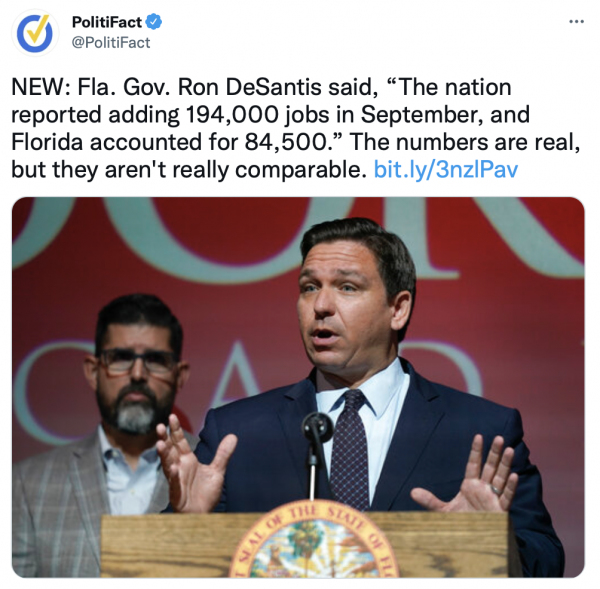THE NEW SPACE RACE: A once-quiet battle to replace the space station suddenly is red hot.
In recent years, signs of aging have become more apparent, particularly with cracks spreading across the Zvezda module. And more than the hardware is coming apart. The political forces that drove the formation of the space station partnership, principally the desire of the United States and Russia to work together after the Soviet breakup, have given way to a zealous anti-Americanism in Moscow and suspicions in Washington, DC. The partnership remains intact for now, thanks to healthy working relationships among astronauts, cosmonauts, and engineers. But politically, the rhetoric is at times toxic.
Although nothing has been formalized, a general consensus has emerged among the international partners that the International Space Station can probably keep flying through 2028 or 2030. But after that? NASA realizes it needs a succession plan.
Politicians and policymakers have started employing the spectre of the dreaded “g” word, saying NASA must avoid a “gap” in flying a low-Earth-orbit space station. This has become especially urgent with China’s recent, successful launch of its own Tiangong space station in April. In response to these concerns, NASA has hatched a plan. Recognizing the maturing US commercial space industry, NASA intends to become an “anchor tenant” of one or more privately developed space stations.
If Jeff Bezos is serious about space habitats, he should get Blue Origin out of direct competition with SpaceX for launch capability (a competition they’ve pretty much already lost), and redirect the company to building space station modules.



